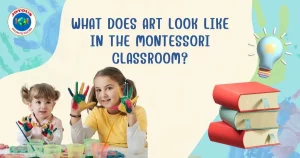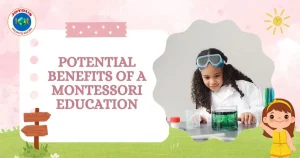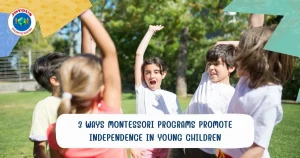Blog
Archive for March 16, 2018
WHAT DOES ART LOOK LIKE IN THE MONTESSORI CLASSROOM?

Your child is a unique individual with their own pace, preferences, and passions. That’s why choosing the right educational environment is one of the most important decisions you’ll make. With so many schools and learning approaches to explore, Montessori stands out as a philosophy that honors individuality and fosters holistic growth.
A key element of the Montessori experience is creative expression through art. But art in this environment isn’t just about finger painting or drawing inside the lines, it’s about curiosity, discovery, and developing lifelong skills through hands-on exploration.
Understanding the types of art experiences your child engages in can help you better support their creativity both in and out of the classroom. Here’s what art looks like in a Montessori setting, and how you can carry that inspiration into your home.

Freedom to Choose
In a Montessori classroom, children aren’t directed to color within the lines, copy a model drawing, or all make the same craft. Instead of structured, teacher-led projects, Montessori art is about freedom of choice and exploration.
Educators carefully prepare the environment, offering a variety of open-ended materials that children can access independently. The child might choose from colored pencils, paints, clay, or collage items arranged on accessible trays or low shelves. This setup invites students to follow their interests and make decisions about what to create and how to create it.
This child-led approach fosters independence, decision-making, and creative confidence, all while encouraging spontaneity and originality.
A World of Open-Ended Materials
Montessori art materials are typically open-ended, meaning there is no “right” or “wrong” way to use them. These tools encourage experimentation and support the idea that creativity comes from the process, not the product.
Children may find:
- Trays of vibrant paints with brushes and rollers of different sizes
- Crayons, markers, or chalk for abstract drawing and line work
- Tissue paper, glue sticks, and scissors for freeform collages
- Modeling clay for sensory sculpting and texture exploration
They might mix colors, layer materials, roll, stamp, or even finger-paint to discover new techniques. What’s important isn’t what they make, but that they are given the space, time, and freedom to express themselves.
Trays and shelves are intentionally organized to look beautiful and inviting, which nurtures a child’s sense of order and care for their environment, two key Montessori values.
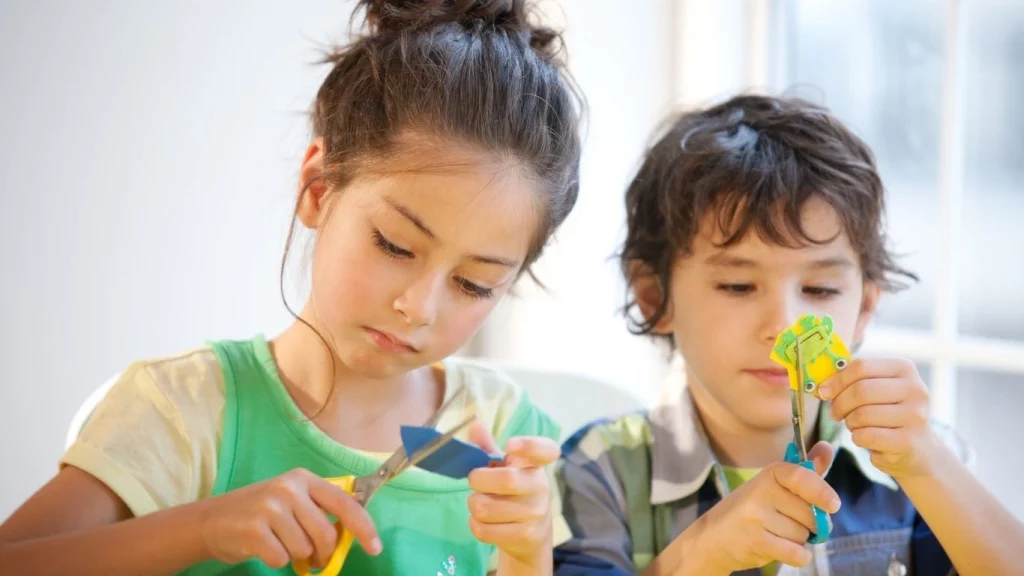
Creativity Without Expectation
In Montessori, art is not about creating something perfect to display, although parents are welcome to cherish their child’s work. Instead, the focus is on the joy of the creative process.
Children create because they want to, not to fulfill an assignment or please an adult. As a result, they build inner motivation and pride in their own efforts.
Parents and educators are encouraged to take a hands-off approach: stand back, observe, and let your child explore their ideas in their own way. This helps cultivate true creativity, self-expression, and confidence.
Bringing Montessori Art Home
You don’t need a classroom to support Montessori-style art. At home, you can offer simple materials like crayons, paper, paint, clay, or fabric scraps and let your child lead the way. Avoid giving step-by-step instructions or setting expectations for the outcome; just let your child create freely.
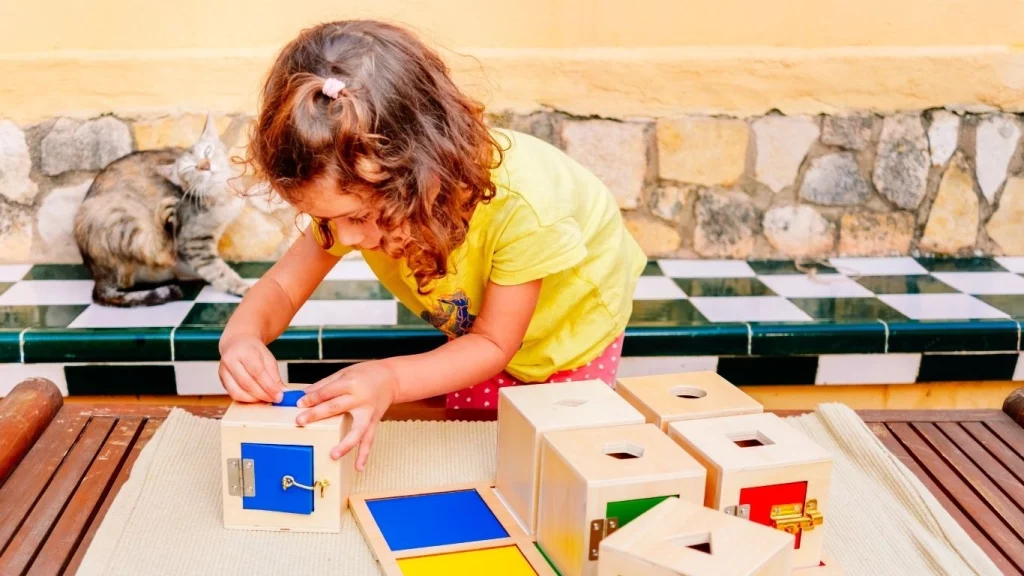
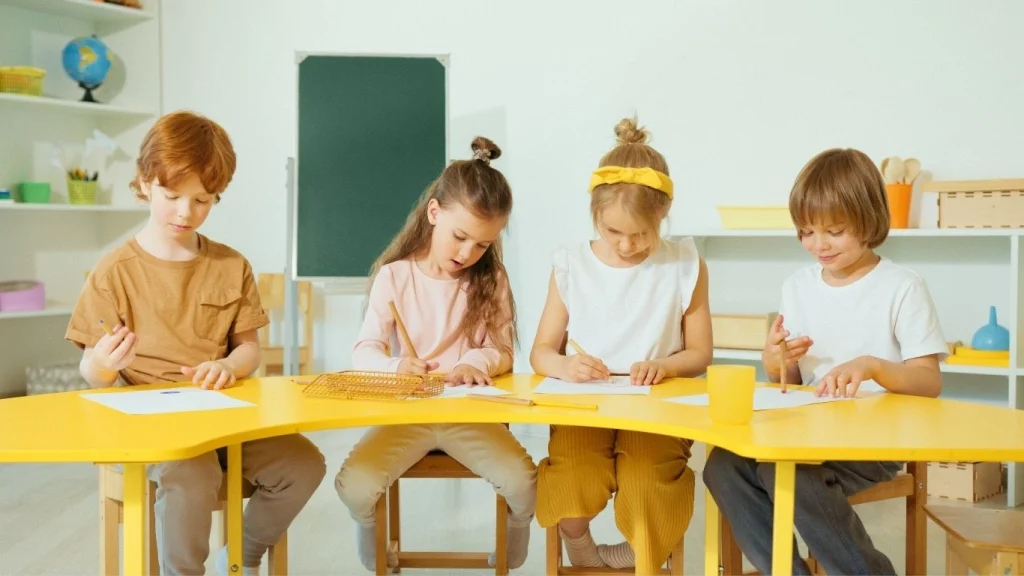
Inspired to Learn More?
At Joyous Montessori, Keller, TX, we believe in nurturing the whole child, creatively, intellectually, emotionally, and socially. If you’re curious about how a Montessori education can benefit your child, we’d love to talk.
Visit us or contact us today to learn more about our programs and philosophy.
POTENTIAL BENEFITS OF A MONTESSORI EDUCATION

Choosing the right preschool for your child is one of the most important decisions you’ll make as a parent. With so many early education options available, each offering different approaches to teaching and learning, understanding what sets a Montessori education apart can be incredibly helpful.
Montessori schools offer a unique learning experience that has been proven to benefit children in several areas, beginning as early as preschool.
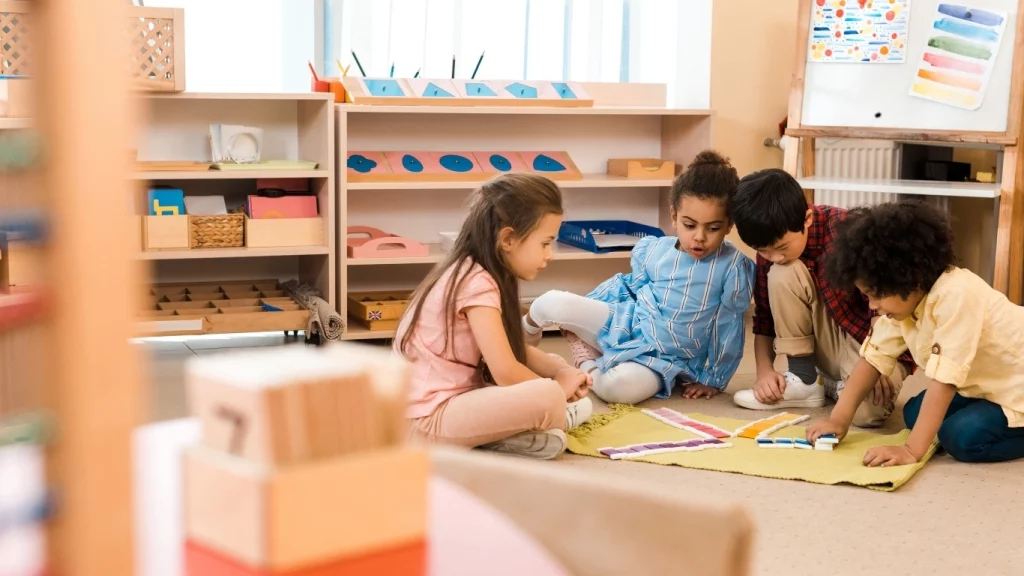
Understanding the Montessori Approach
Montessori education is a child-centered learning method where students are encouraged to take the lead in their own development. Children choose activities from a carefully curated selection of developmentally appropriate tasks and are allowed to engage with these activities for as long as they remain interested. Rather than relying on lectures or a rigid schedule, learning happens organically through discovery, exploration, and hands-on experience.
Teachers in Montessori classrooms serve more as guides or facilitators than traditional instructors. There are no standardized tests or grades, instead, the focus is on cultivating curiosity, independence, and confidence. Additionally, classrooms are often composed of mixed-age groups, allowing younger children to learn from older peers and older children to develop leadership skills.
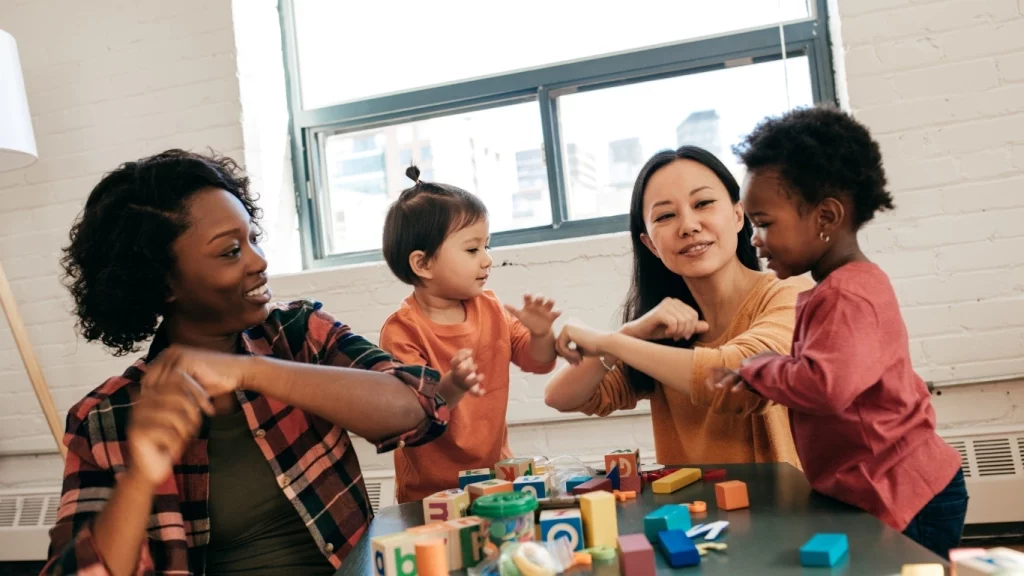
Social and Emotional Development
A 2006 study found that children enrolled in Montessori programs demonstrated stronger social and behavioral development compared to their peers in traditional schools. The emphasis on collaboration, respect, and empathy in mixed-age classrooms helps nurture emotional intelligence and social maturity from an early age.
Children learn to solve conflicts peacefully, respect each other’s personal space, and work together toward common goals, skills that are essential not just in school, but in life.

Building a Healthy Self-Concept
Montessori education is holistic, meaning it nurtures not only a child’s intellectual development but also their emotional and psychological well-being. Because children are allowed to learn at their own pace and follow their interests, they develop a healthy sense of autonomy and self-worth.
This method fosters a strong self-concept, children learn who they are, what they’re capable of, and how they fit into the world. A positive self-image formed early in life contributes significantly to future academic success and emotional resilience.
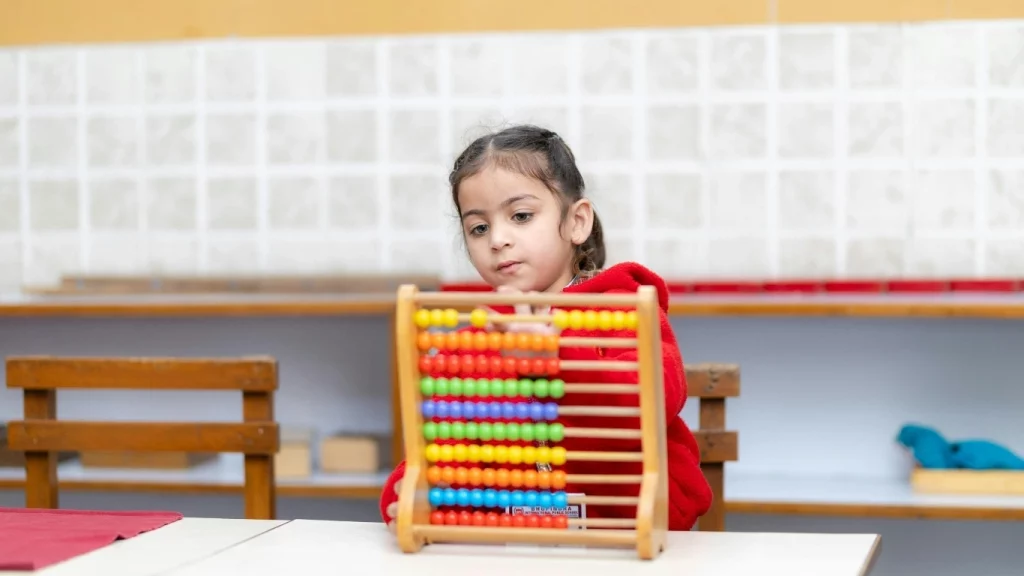
Strength in Math and Science
A study conducted in 2003 found that students who attended Montessori programs from preschool through fifth grade outperformed their peers in high school math and science. The use of tactile, visual, and conceptual materials in Montessori classrooms helps children grasp abstract mathematical and scientific concepts more effectively.
For example, children learn how squaring or cubing affects numbers by physically manipulating objects. This hands-on experience solidifies complex ideas in a way that is both accessible and engaging.
Fostering Life Skills and Independence
Montessori classrooms encourage independence from an early age. Children learn to seek answers, assess their own work, and correct their mistakes without immediate adult intervention. They're also taught practical life skills, like cleaning up after themselves, organizing materials, and following a routine.
These habits prepare students for future academic success and instill a lifelong love of learning. Montessori graduates often stand out as self-motivated, organized, and capable individuals.
Is Montessori Right for Your Child?
While Montessori education offers many benefits, it’s not a one-size-fits-all solution. Some children, particularly those who are very energetic, loud, or heavily imaginative, may thrive better in more play-based or flexible environments. Montessori is often ideal for children who enjoy independent work, prefer quiet spaces, and benefit from structured, hands-on learning.
It’s essential to consider your child’s unique personality, preferences, and developmental needs when choosing a preschool.
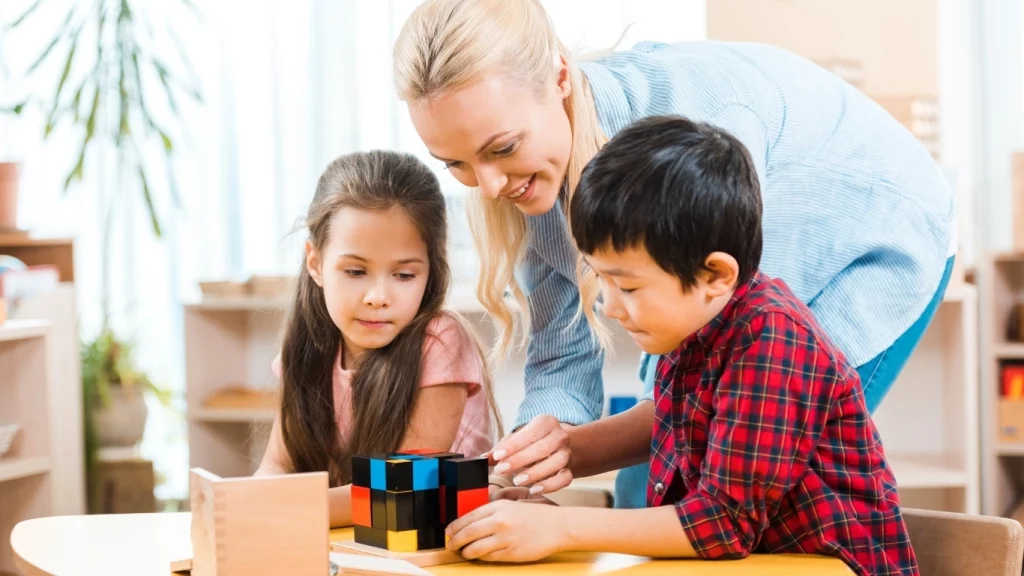
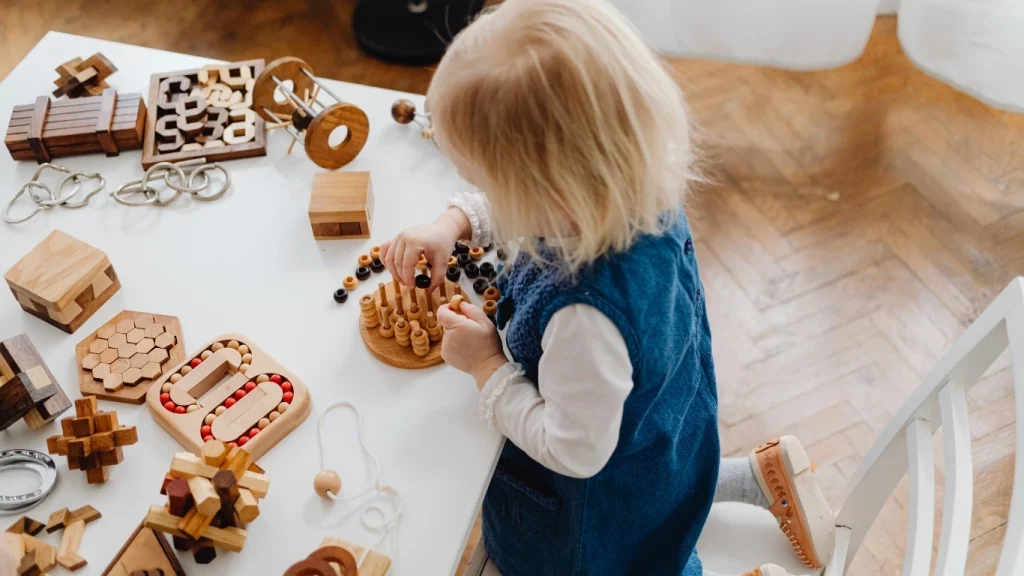
Look for Proper Montessori Credentials
Since the term “Montessori” is not trademarked, any school can claim the label. To ensure an authentic experience, look for schools with Montessori educators who are trained in this specific educational philosophy and methodology.
A high-quality Montessori school will also emphasize cultural awareness and diversity, encouraging children to respect and appreciate different backgrounds and traditions.
Explore Montessori with Joyous Montessori, Keller, TX
Montessori schools are generally more accessible for preschool-aged children, making this a perfect time to explore your options. If you’re curious about how Montessori education can benefit your child, contact Joyous Montessori, Keller, TX, to learn more about our programs, curriculum, and enrollment process.
We’re here to help you decide if a Montessori environment is the right fit for your child’s growth and development.
3 WAYS MONTESSORI PROGRAMS PROMOTE INDEPENDENCE IN YOUNG CHILDREN

3 Powerful Ways Montessori Programs Foster Independence in Young Children
The early years of childhood are marked by tremendous growth. During this time, children transform from helpless infants into capable, curious individuals who actively participate in both classroom life and family routines. These formative years shape not only cognitive abilities but also confidence, self-reliance, and a sense of responsibility.
Joyous Montessori supports this journey with Montessori Care for Ages 6 Weeks to 6 Years in Keller, including high-quality Infant daycare Keller, designed to meet the unique developmental needs of every child.
As a parent, one of your most important goals is to nurture your child’s independence, a trait that will serve them for a lifetime. Choosing a Montessori program is a proactive step toward supporting this development. By working hand-in-hand with dedicated Montessori teachers, you’ll be empowering your child to flourish in a prepared environment designed specifically for their age and stage.
Here are three impactful ways Montessori programs promote independence in young children:
1. Promoting Language Development
Montessori education recognizes that even the youngest children possess an innate desire to understand and engage with their environment. From birth, children observe and absorb the world around them, laying the foundation for language.
In the Montessori classroom, language is nurtured thoughtfully and intentionally. Teachers model respectful, rich vocabulary, avoiding baby talk and instead using real words to describe the world. This approach helps children grow confident in their ability to express their thoughts and needs.

Instead of using restrictive language like “no,” Montessori teachers offer gentle redirection. For example, a child who wants to run inside might be offered the choice to do a quiet activity like a puzzle or reading. These daily interactions help children expand their vocabulary, process choices, and feel understood, essential milestones for developing independence.
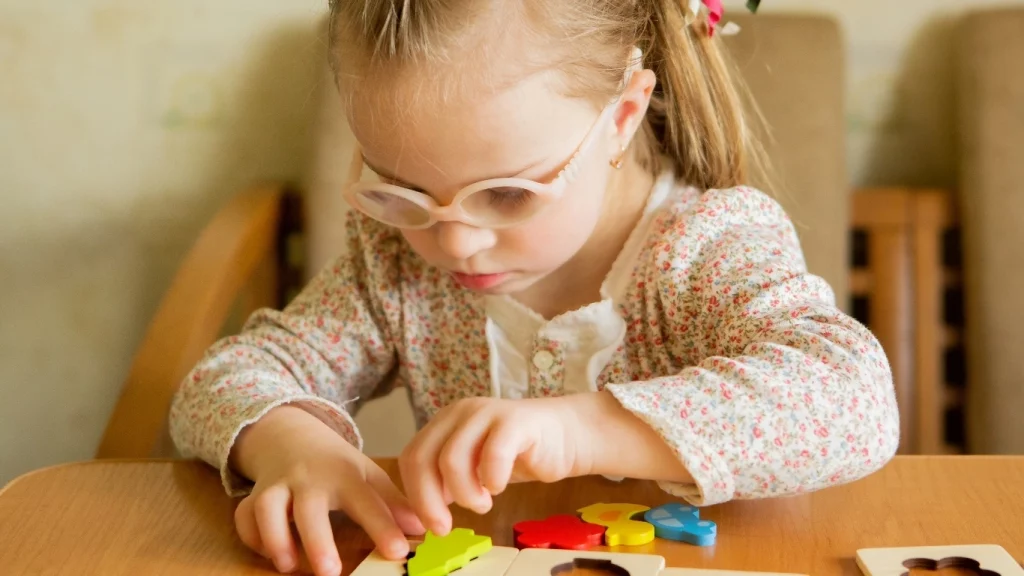
2. Encouraging Self-Help Skills
From an early age, children show a natural interest in doing things on their own, pouring water, dressing themselves, or tidying up after a meal. Montessori classrooms are intentionally designed to support this instinct for independence.
Everything in the environment is child-sized and easily accessible. Children sit at small tables, use low shelves, and work with materials created just for them. This setup allows children to choose, use, and return materials without adult intervention.
Montessori teachers guide children in building life skills step by step. For instance, a child might begin by placing their coat in a cubby, then move on to putting it on by themselves, and eventually learn how to zip or button it up. These small but meaningful successes build confidence and teach responsibility in a nurturing, non-rushed atmosphere.
3. Being Attentive to Each Child’s Unique Needs
Every child learns at their own pace and has different preferences. Some may enjoy group work, while others may thrive in solo activities. In a Montessori classroom, children are free to explore both.
The day is intentionally unhurried, allowing each child ample time to complete tasks and explore interests deeply. If a child needs more time to wipe up a spill or master an activity, the teacher offers quiet encouragement. If a child quickly completes a task, they are gently guided to the next challenge.
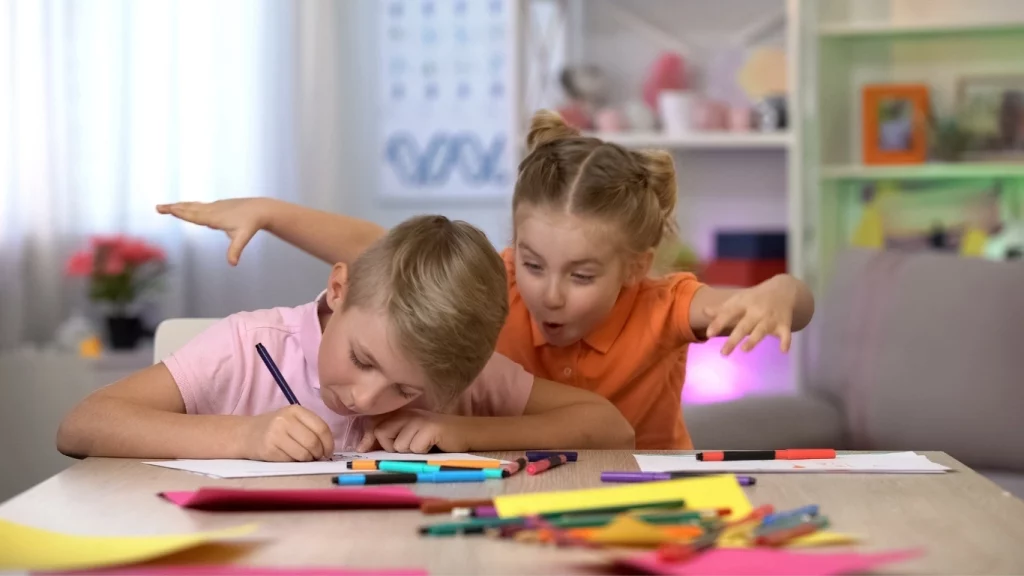
This attentiveness ensures children feel seen, respected, and supported, all of which reinforce their sense of autonomy. With this encouragement, children begin to trust their abilities and make independent choices with growing confidence.

